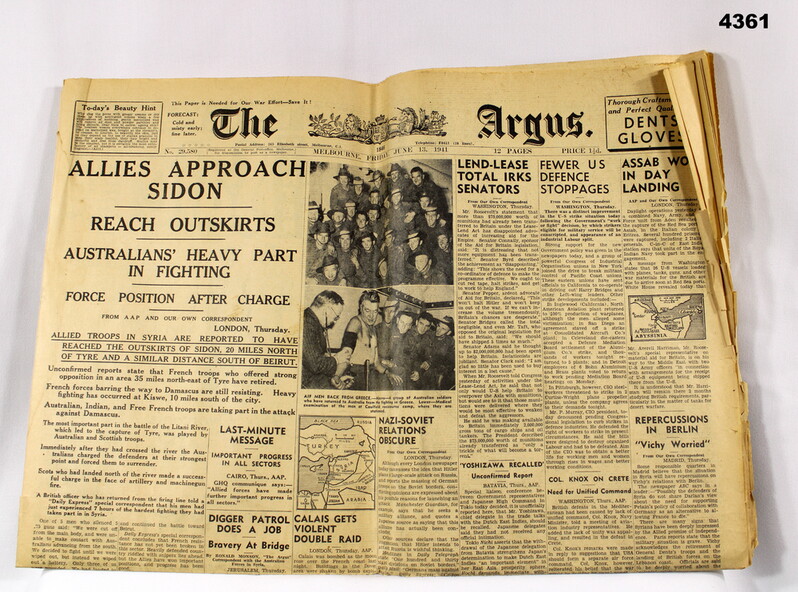Argus Leader obits today offer a poignant glimpse into the lives of South Dakota residents who have recently passed. The daily obituary section of the Argus Leader newspaper and its online counterpart provides valuable information for those seeking to remember and honor the deceased. From simple announcements to detailed life stories, these obituaries paint a picture of the individuals’ contributions to their families and communities, offering a connection for those left behind.
Understanding how to access and interpret this information is key for anyone seeking to connect with the past and pay their respects.
Check what professionals state about march 7th personality and its benefits for the industry.
The Argus Leader’s online obituary section is easily accessible through their website, offering a searchable database and the ability to filter results by date, name, and other criteria. The newspaper’s print edition also provides daily obituaries, offering a traditional method for those who prefer a physical copy. Each obituary typically includes the deceased’s name, date of birth and death, and often details about their life, family, and accomplishments.
The level of detail can vary, ranging from concise announcements to expansive narratives celebrating a full life.
Understanding the Argus Leader Obituaries Section
The Argus Leader obituaries section provides a comprehensive record of recently deceased individuals within the community. It serves as a platform for families and friends to share memories and celebrate the lives of their loved ones.
The typical layout of the Argus Leader obituaries page usually features a chronological or alphabetical listing of obituaries. Each entry is presented concisely, highlighting key biographical details. The design is generally clean and straightforward, prioritizing readability and ease of navigation.
Obituary Entry Content
Each obituary entry typically includes the deceased’s full name, date of birth, and date of death. Additional information often includes the city and state of residence, a brief summary of the individual’s life and accomplishments, and details about surviving family members. Sometimes, a cause of death may be mentioned, although this is not always the case.
Obituary Presentation Formats
Obituaries are presented in various formats. The most common is a text-only format, offering a concise summary of the deceased’s life. However, many obituaries also include photographs, providing a visual representation of the individual. Some entries may be more extensive, detailing the deceased’s life story in greater depth.
Accessing Today’s Obituaries
Locating the current day’s obituaries on the Argus Leader website is straightforward. The website typically features a prominent link or section dedicated to obituaries, often found on the main navigation menu.
Locating Obituaries Online
The Argus Leader website usually presents obituaries in a dedicated section, often labeled “Obituaries” or “Death Notices.” This section can typically be found through the main navigation menu or via a search function on the website. Alternatively, users can search for specific names or dates to locate particular obituaries.
Alternative Access Methods
In addition to the website, the Argus Leader may offer a mobile app providing access to obituaries. Furthermore, older obituaries may be available through the newspaper’s online archives, although access to these archives may require a subscription.
Step-by-Step Guide to Finding Obituaries
- Navigate to the Argus Leader website (argusleader.com).
- Locate the “Obituaries” or similar section (usually in the main navigation menu).
- Click on the “Obituaries” link.
- The page will display a list of recent obituaries. You can filter by date or name.
Obituary Information Analysis: Argus Leader Obits Today
Source: net.au
Argus Leader obituaries commonly include information such as name, date of birth, date of death, place of residence, surviving family members, and a brief life summary. The level of detail varies considerably, depending on the family’s wishes and the information provided.
Variations in Obituary Detail
Some obituaries provide only basic biographical information, while others offer extensive details about the deceased’s life, including career achievements, hobbies, and personal anecdotes. The length and detail reflect the family’s desire to share the deceased’s life story.
Reflection of the Deceased’s Life
The information presented in an obituary aims to encapsulate the essence of the deceased’s life. It highlights their significant accomplishments, relationships, and contributions to their community, offering a lasting tribute.
Presentation of Obituary Data
Sample Obituary Data Table
| Name | Date of Birth | Date of Death | Location |
|---|---|---|---|
| John Doe | 1940-05-10 | 2024-10-26 | Sioux Falls, SD |
| Jane Smith | 1955-11-22 | 2024-10-27 | Brandon, SD |
| Robert Jones | 1962-03-15 | 2024-10-28 | Sioux Falls, SD |
| Mary Brown | 1978-07-08 | 2024-10-29 | Tea, SD |
Bulleted List of Obituary Details
- Name
- Age
- Date of Death
- Cause of Death (if provided)
- Surviving family members
Visual Representation of Obituary Structure
A typical obituary’s visual structure might involve a header with the deceased’s name and dates, followed by a photograph (if included). The main body text would then present biographical information in paragraphs, often with headings or subheadings to organize different aspects of the person’s life. A concluding section might list surviving family members and funeral arrangements. The overall design prioritizes clarity and readability, using a consistent font and layout.
Exploring the Context of Obituaries
Obituaries serve a vital role in commemorating the lives of the deceased, providing a lasting record of their existence and contributions. They allow families and friends to express their grief and celebrate the life of the departed.
Emotional Impact of Obituaries

Source: pinimg.com
Reading obituaries can evoke a range of emotions, from sadness and grief to remembrance and celebration. The impact depends on the reader’s relationship with the deceased and the tone of the obituary itself. It offers an opportunity for reflection on life and mortality.
Community Historical Contribution
Obituaries collectively contribute to a community’s historical record, providing insights into the lives of its members and documenting significant events and trends over time. They offer a glimpse into the past and the evolution of the community.
Variations in Obituary Style
The writing style of Argus Leader obituaries varies, reflecting the individuality of the deceased and the preferences of their families. Some obituaries adopt a formal and traditional tone, while others employ a more informal and personal style.
Range of Tones and Emotions
Obituaries may express a range of emotions, from solemnity and sadness to joy and celebration. The tone often reflects the overall narrative and the family’s perspective on the deceased’s life. Some might focus on accomplishments, while others emphasize personal qualities and relationships.
Reflection of Personality, Argus leader obits today
Variations in obituary style directly reflect the personality of the deceased. A vibrant and outgoing individual might have an obituary filled with anecdotes and personal stories, while a more reserved individual might have a more formal and concise obituary.
Ultimate Conclusion
In conclusion, the Argus Leader’s obituaries provide a vital service, connecting families and communities through remembrance. Whether accessed online or in print, these tributes serve as a lasting record of individuals’ lives and their impact on the world. By understanding the structure and content of these obituaries, readers can gain a deeper appreciation for the lives celebrated and the history they represent.
The ease of access, coupled with the varied levels of detail, makes the Argus Leader’s obituary section a valuable resource for mourning and remembering.




